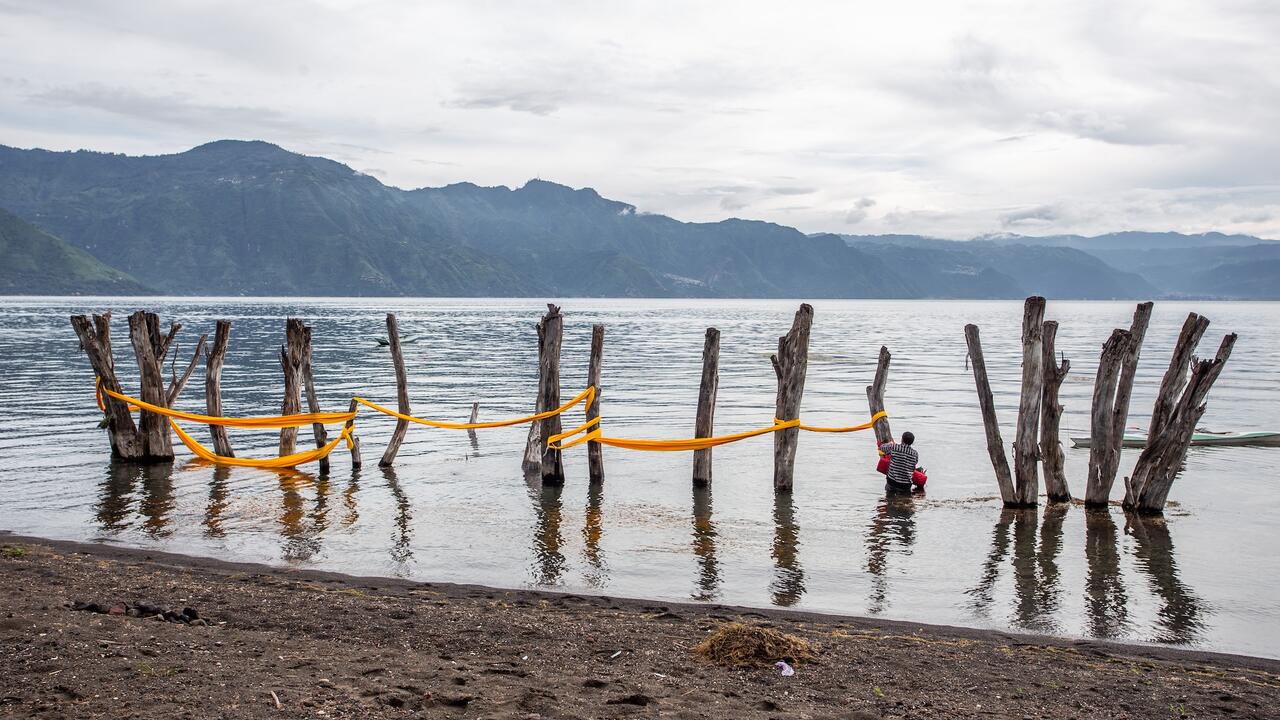!W.A.R.
Lynn Hershman Leeson’s !Women Art Revolution
Lynn Hershman Leeson’s !Women Art Revolution

‘If you poured water on each frame, it would become a novel,’ Gloria Steinem said with wonder during her introduction to a recent screening of Lynn Hershman Leeson’s !Women Art Revolution (2010), at the Museum of Modern Art, New York. It seemed an apt description of a film that distills hundreds of hours of interviews with artists, art historians, critics and curators about feminist art into excerpts interspersed with stills and snippets of archival footage documenting performances, anti-war and civil rights protests and other epochal events. An at times breathlessly paced collage, !W.A.R. aims to fill in historical gaps while stirring viewers to look beyond what appears on screen.

A pioneering new-media artist, Hershman Leeson has also directed feature films whose prismatic narratives address the intersection between reality and technology, including Conceiving Ada (1997), about the 19th-century inventor of computer programming, Ada Lovelace, and Teknolust (2002), which envisions a dreamlike world filled with cyborgs and shifting identities. The product of 42 years’ of work, !W.A.R. is a more personal project. Hershman Leeson began interviewing artists and activists in her living room with a borrowed camera while living in Berkeley during the 1960s, after she abandoned a stifling past (before-and-after snapshots capture a comical transformation from a stiff Midwesterner wearing pearls to a radicalized Berkeleyite). After she rediscovered the older footage in 2004, she began assembling !W.A.R.

Lynn Hershman Leeson, Roberta Breitmore (1974–8)
That personal engagement is the unobtrusive glue that holds !W.A.R. together. In one of the strongest sequences Hershman Leeson briefly discusses her own early work, having ‘decided not to continue the legacy of omission.’ Anticipating avatars and work by artists like Cindy Sherman, for a number of years during the 1970s she lived as the fractured virtual character Roberta Breitman, shooting self-portraits, applying for official documents and placing classified ads in her name. Hershman Leeson was able to get her work exhibited in galleries and museums through subversive strategies such as publishing reviews under the names of fictional male critics. One buyer returned a work after he discovered she was a woman; when she sold some of her early work years later, the funds allowed her to complete !W.A.R.


Leslie Labowitz, Sprouttime: New York, installing for LA/London Lab, an exhibition curated by Susan Hiller and Suzanne Lacy. New York, 1981. Courtesy of Suzanne Lacy
It’s a story echoed by others, such as the late Nancy Spero, who describes visiting Leo Castelli gallery ‘like a fool’ and being made to place her drawings on the floor so she felt like she was ‘genuflecting’ to a male staffer. The late Marcia Tucker’s reminiscences of how she was initially paid US$2,000 a year less than her male counterpart at the Whitney are as discouragingly relevant today as her account of founding the New Museum after being fired from the Whitney is inspiring.

Judy Chicago, The Dinner Party (1974–9)
No doubt every viewer will think of an important artist, art historian or critic whose voice is absent, but in her voice-over Hershman Leeson acknowledges, ‘I know how much is left out of this film.’ The film stresses the importance of making space for a wide range of types of artmaking. Whatever one thinks of Judy Chicago’s polarizing installation The Dinner Party (1974–9), for example, TV footage of male congressmen squeamishly debating its possible censorship packs a gut punch. Of course, just as the art was heterogeneous, the interpersonal relationships weren’t all about sisterhood and sunshine – some interviews touch on acrimonious disagreements that erupted between artists such as Chicago and Miriam Schapiro – but overall the emphasis is on the movement’s many heady achievements, from picketing museums to founding galleries, publications and women’s studies departments.
Although most of this dense, decades-spanning history is dedicated to interviews with older women, the film also incorporates commentary by younger artists such as Janine Antoni and Miranda July (though perhaps a bigger jolt of intergenerational cool comes in the form of the score by Carrie Brownstein, formerly of Sleater-Kinney). Hershman also interviewed men, including Mike Kelley, who makes some fascinating comments on the influence of women artists on his work while he was studying at CalArts in the 1970s.
!W.A.R. has been making the festival rounds and will be premiere theatrically in New York and Los Angeles in June, followed by a national US release. It’s also slated to screen in London at the Human Rights Watch Film Festival in late March and at Whitechapel Gallery in October. But given Hershman Leeson’s emphasis on the scope of the material (‘There are no outtakes,’ she said at MoMA), it isn’t surprising that she doesn’t end the story there. All of the interview footage is being archived at Stanford University’s Special Collections (many of the videos and transcripts can already be accessed at http//lib.stanford.edu/women-art-revolution).
As another facet of the project, Hershman Leeson and several collaborators have set up RAW/WAR, a project that includes an interactive website (http://www.rawwar.org), where viewers can explore the history of feminist art and upload new art works. A graphic novel commissioned from comic artist Spain Rodriguez – which includes a curriculum guide and other resources – also supplements the film. Hershman Leeson’s energy and humor are as infectious as that of so many of her interviewees. As she writes in her introduction to the graphic novel: ‘That many of these incidents now appear ludicrous is testament to how far we have come and, poignantly, how far we still need to go.’















